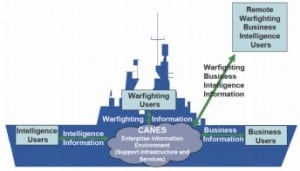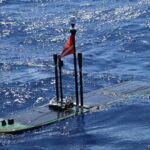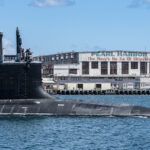
The future of open architecture innovation in C4ISR requires the government to define and publish open standards that contractors can then use to provide more cost effective products and services, several industry representatives said this week. Current systems are unsustainable and a revolutionary approach is needed to reduce costs without sacrificing capabilities, Bill Ott, vice president of strategic innovation at Booz Allen Hamilton, said during Defense Daily's Open Architecture Summit Tuesday. The government should “take that overarching architecture perspective (with…

 By
By 











